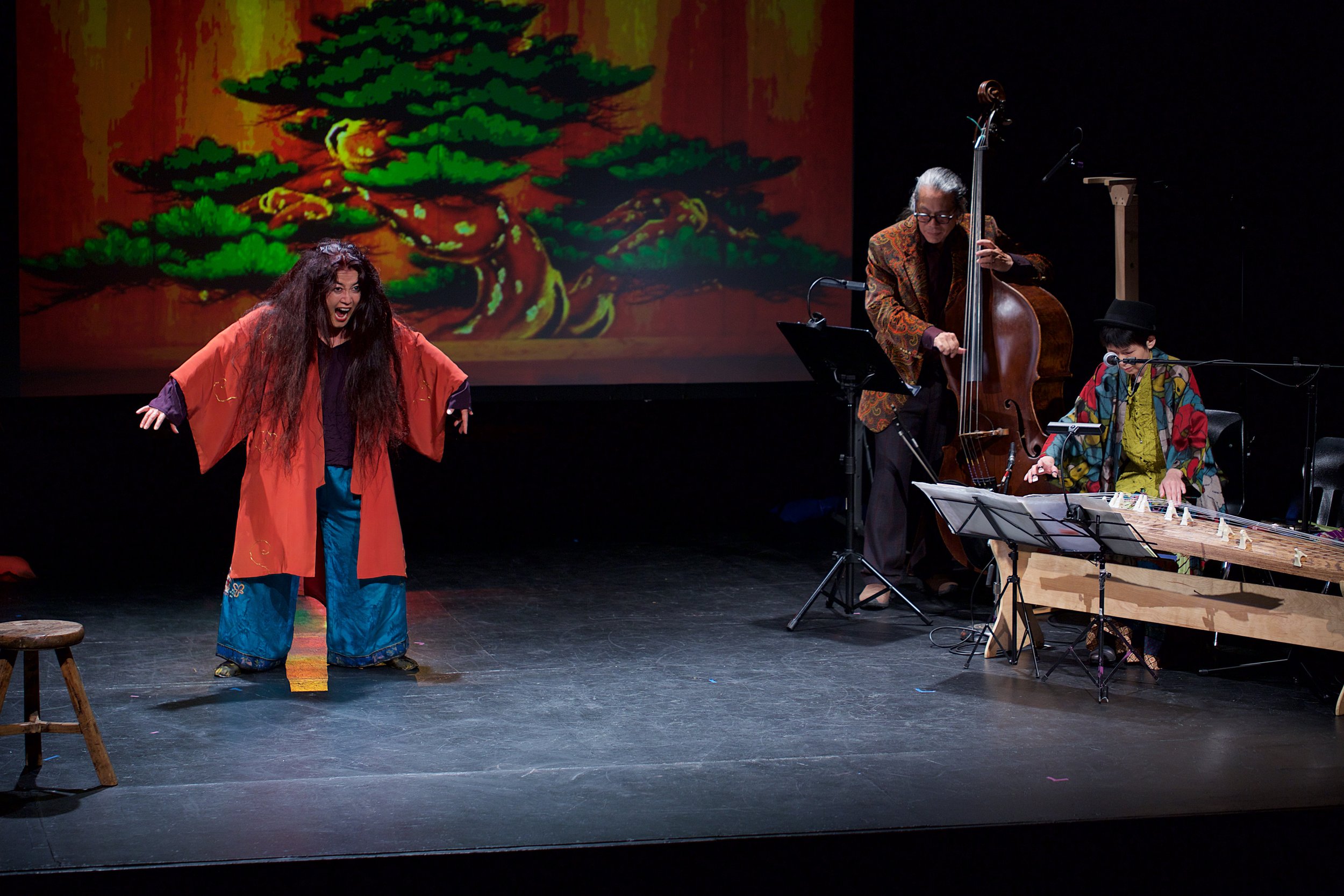If you’re promoting an arts event or program in the Coachella Valley or beyond, slow down and take Joseph Yoshitomi’s advice. The expert arts marketer will disrupt your tired thinking — “We’ve always done it this way!” — and lead you to the audience you want.
“I’m a tactical marketer,” says Yoshitomi of Straightforward Management & Consulting in Culver City, Calif., and former VP of marketing strategy for TheaterMania.com, a media and technology company connecting performing arts enthusiasts with theaters around the country. “There’s always something you can do better this year than you did last year.”

Joseph Yoshitomi
On Oct. 12, Yoshitomi and Ben Stone of Washington, D.C.-based Smart Growth America present a full-day arts marketing workshop — Big Strategies and Real Tactics for Connecting Artists, Audience, and Place — at UCR Palm Desert Campus. REGISTER NOW
Produced by California Desert Arts Council and the Americans for the Arts’ National Arts Marketing Project, the program targets local arts and tourism leaders and marketers, as well as working visual and performing artists.
While Stone addresses the broad issues of branding and cultural tourism, Yoshitomi goes deep into high-impact/low-cost marketing tactics. “I’ll give a foundation for the kind of marketing the arts community is using: direct, targeted, and retargeted marketing,” he says. “Expect a lot of interaction.”
Yoshitomi, who draws from more than 15 years of experience, largely in the performing arts, tailors his tactics for arts organizations (Geffen Playhouse, Pasadena Playhouse, Orange County Symphony) and individual artists. Earlier this year, he collaborated with storyteller/playwright/producer Brenda Wong Aoki and her Emmy-winning composer/musician husband Mark Izu to promote their performances at San Francisco International Arts Festival.
“We had two goals in mind,” Yoshitomi says. “First, to promote this new work to the local audience and, second, to [position] it for [venues] outside the San Francisco area. Touring shows around the country is Wong Aoki’s bread and butter.”
In the production, she and Izu share personal family histories with universal and contemporary themes, weaving stories they discovered in a family diary with memories and songs tracing more than a century of history, including the Transcontinental Railroad, WWII-era Japanese American internment camps and 442nd Infantry Regiment, and San Francisco hippies.
They named the production Aunt Lily’s Flower Book: One Hundred Years of Legalized Racism and, operating on a modest budget, targeted a digital campaign to those who could best relate to the subject: Japanese and Chinese audiences.
“It’s important to go after the low-hanging fruit,” Yoshitomi says, “but it’s also important to poke your head up and look at other potential audiences. The programming can dictate whom to target.”
He starts campaigns early to study responses and adapt accordingly. “If I know where a dollar came from I can target people who look like the person who gave me that dollar.”
Aunt Lily’s Flower Book ads linked to a landing page offering video and more information to make a connection and ask for the order.
Yoshitomi enjoys working with individual artists because they require fewer layers of approvals and can tweak messages on the fly. In addition to Wong Aoki and Izu, he has worked with composer/pianist/actor Hershey Felder and actor Val Kilmer, who screens films around the country.
He became especially adept at working within tight budgets at the Geffen Playhouse and Geffen’s Audrey Skirball Kenis Theater. “I was tasked with looking at the budget and recommending where can we could cut and where could we spend prudently,” he recalls. “We ended up cutting $300,000 from the budget, about $1 million over a three-year period. Most of that came from a decrease in print advertising. We targeted the digital and became more effective with less money.”
But he was no a slash-and-burn carpetbagger. Rather, he innovated and solved problems creatively. For example, as arts coverage, especially theater reviews, waned, he hired a full-time journalist to write everything from major articles to social media posts. The tactic landed him in a trend story in The Washington Post.
The Geffen also cut from PR and technology, and ultimately invested the savings in the expansion and diversification of its programming.
“It was determined that the building was an underleveraged resource,” says Yoshitomi, who oversaw marketing during the theater’s largest sustained expansion of artistic programming and earned revenue in 20 years. “We went from a five-show season in one space to an eight-show season in two spaces, expanded our audience, and increased revenue and engagement.”
The popular Selling Out blog interviewed Yoshitomi about why Geffen’s Signature Series boosted sales and what makes Geffen stand out in a city with so many choices in live entertainment.
Register now for the Oct. 12 arts marketing workshop, Big Strategies and Real Tactics for Connecting Artists, Audience, and Place, at UCR Palm Desert Campus.







